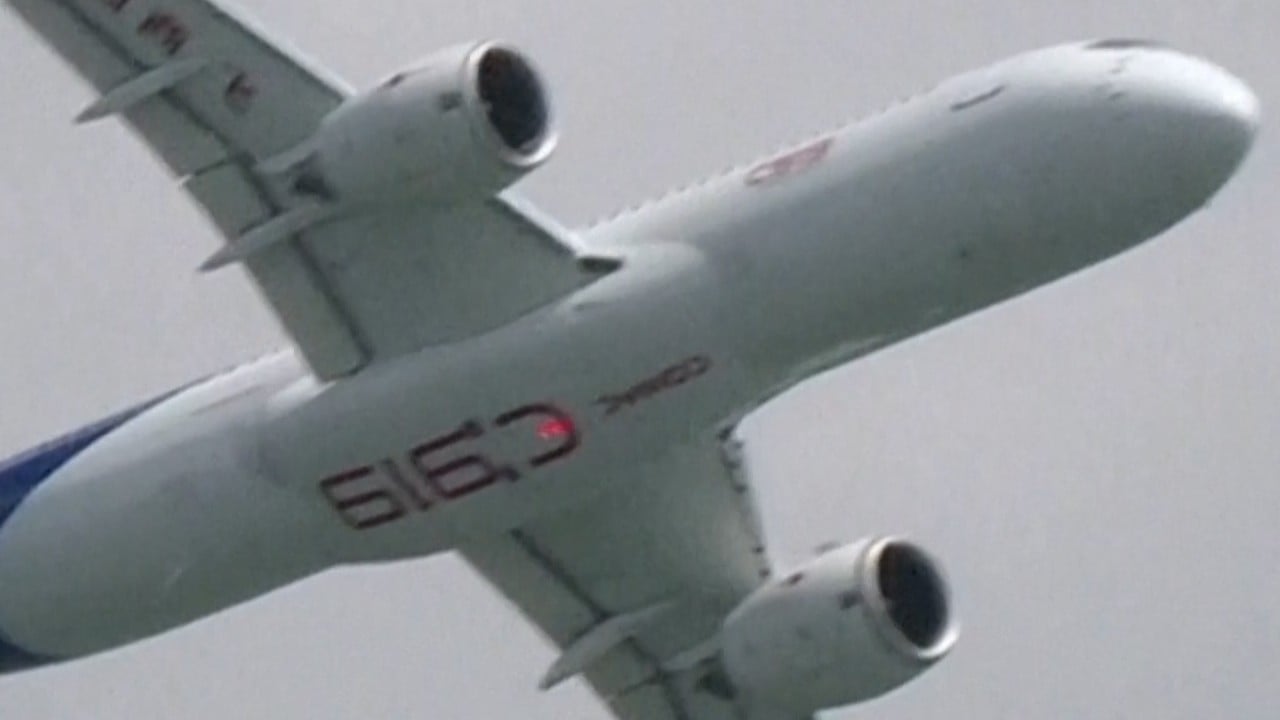Having established its bona fides as a producer of commercial aircraft with the launch of the narrowbody C919, China has already begun work on the C939, a new widebody plane and the third in its series of home-grown airliners.
Commercial Aircraft Corporation of China (Comac) – the state-owned manufacturer of the C919, which has already entered service on several domestic routes – has sketched out preliminary designs for the new craft, though it would be many years before these early concepts materialise into a testable prototype, a source familiar with the matter said.
Meanwhile, the C929 – Comac’s other in-development widebody plane designed to travel international routes of up to 12,000km (7,500 miles – is speculated to be on par with some aspects of mainstream competitors like Boeing’s 787 Dreamliner, a second source said, adding progress is “in full swing”.
The second source confirmed that Russia had already pulled out of the programme, but dismissed concerns this would delay the aircraft’s debut.
“Russia’s departure does have some impact, but we can manage that … It’s not entirely a bad thing,” the second source said.
“Work [on the C929] is under way and progressing smoothly, utilising the same experience, support and system coordination we already have for the design and development of the C919 … The time needed can be similar.”
China is poised to overtake the US as the world’s largest market for aviation services in the coming decades, overtaking the US in the 2030s or 2040s according to varying estimates by Airbus, Boeing and the International Air Transport Association.
Even with the skies mostly populated by planes from the US-based Boeing and Europe’s Airbus, Beijing has doggedly continued to cultivate home-grown rivals to the Western giants. Its drive to obtain a share of the market from the two major producers – both at home and abroad – is beginning to bear fruit, starting with the C919.
Comac’s inaugural model can host 192 passengers for distances up to 5,555km, and is most similar in size to Boeing’s 737 and the Airbus 320.
An intensifying trade conflict with the West, already affecting industries like electric vehicles and solar panels, has prompted fears similar measures could be enacted to limit the procurement of components for civil aviation.


